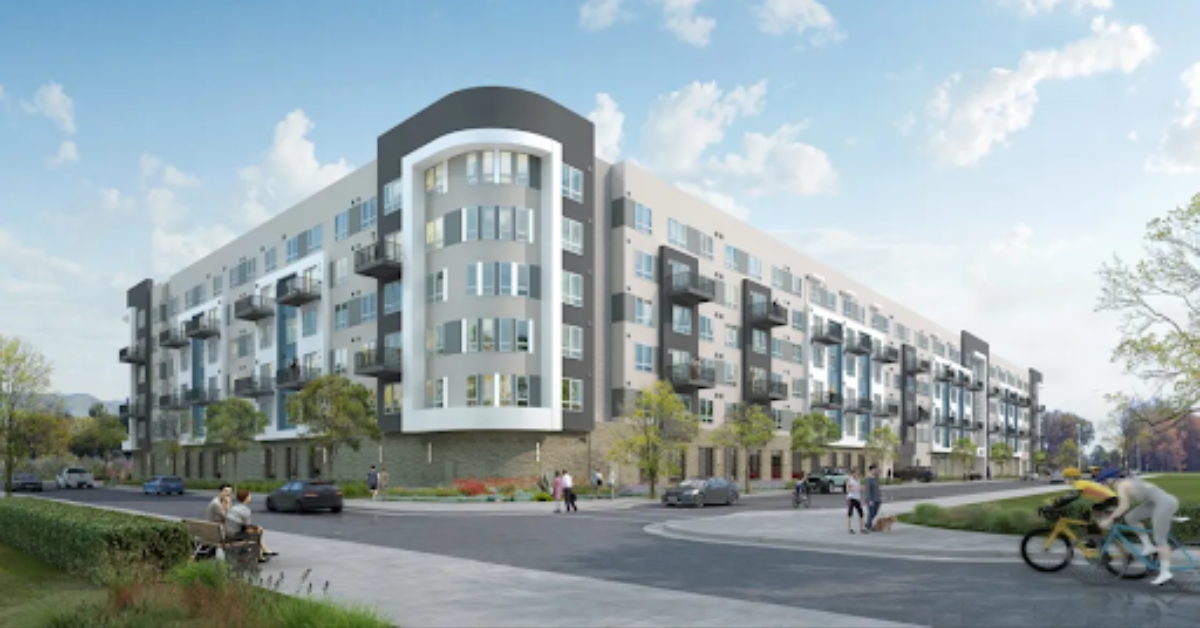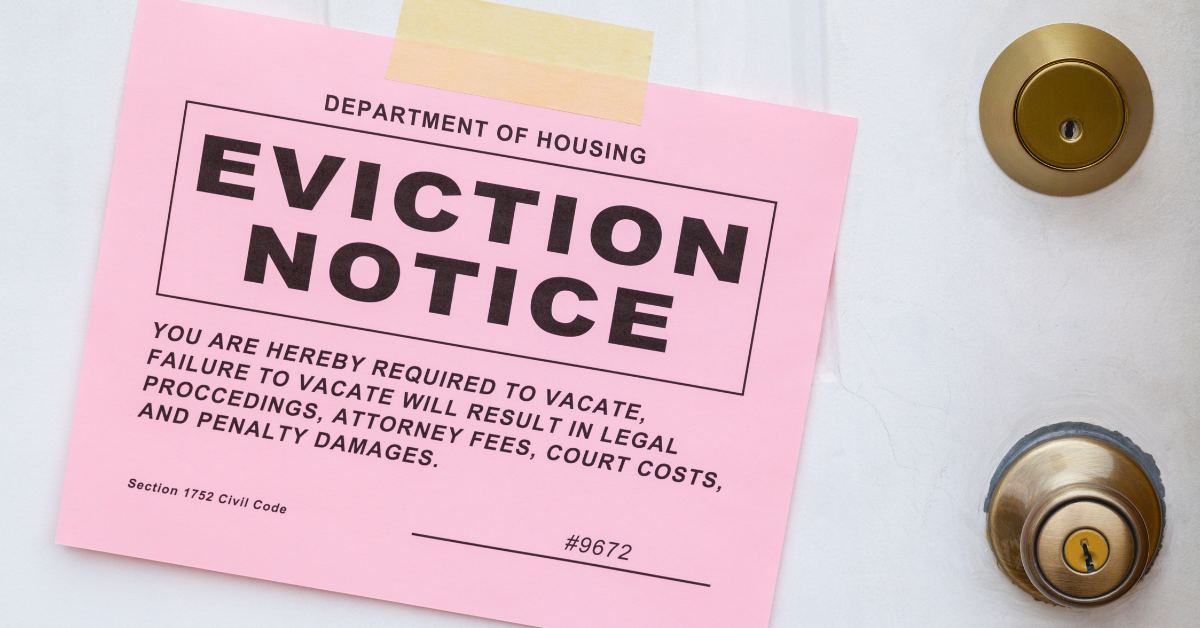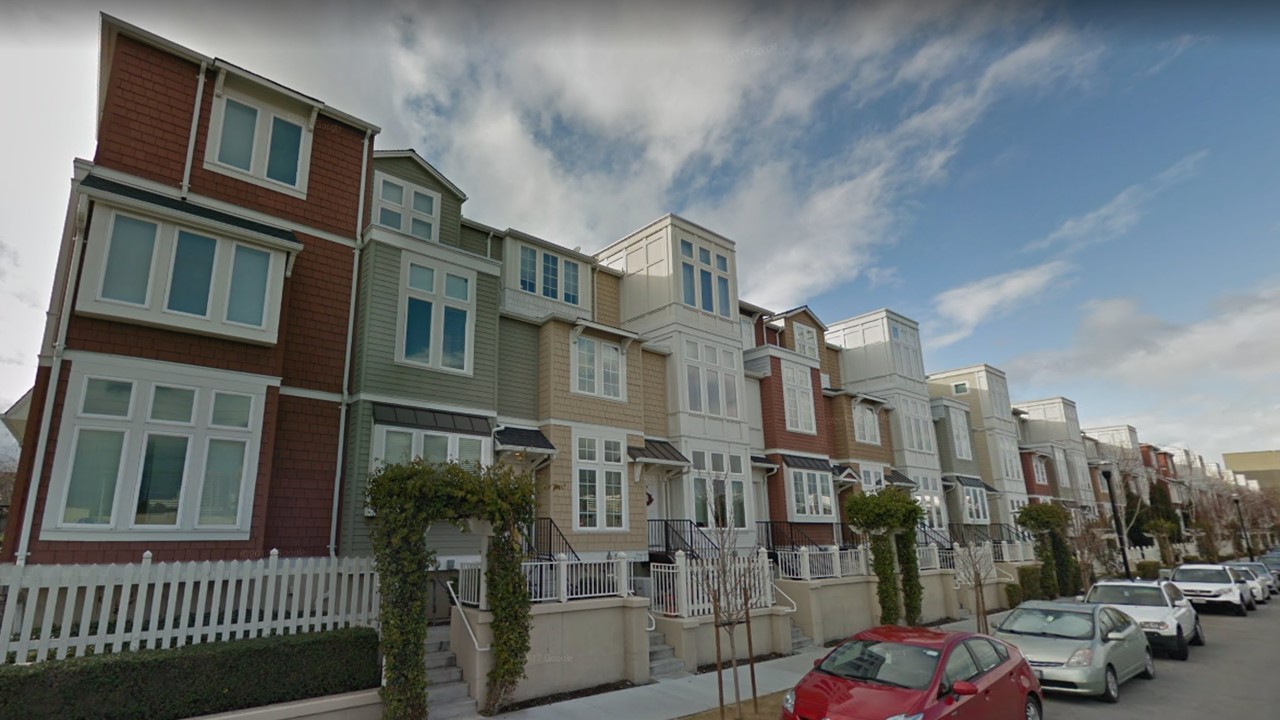SV@Home has compiled data from the 16 jurisdictions in Santa Clara County to determine the number of affordable homes that have been added to the housing stock. This research found that, as of 2020, an estimated 36,700 units of housing affordable to extremely low-, very low-, low-, and moderate-income households had been produced in the County. This number comes with a caveat—in several cities, we were unable to obtain data directly and had to rely on information submitted to the State Department of Housing and Community Development (HCD). This data can be inaccurate since it relies on self-reporting of permits issued and not units actually built. SV@Home will continue to work to refine this data as information becomes available.
And, while 36,700 homes may sound impressive, it represents only 5% of the County’s housing stock and there is still a critical shortage of housing affordable to lower- and moderate-income households.
| Jurisdiction | ELI | VLI | LI | Mod | Total | % of Housing Stock |
| Campbell | 69 | 48 | 134 | 251 | 1.4% | |
| Cupertino | 8 | 98 | 270 | 15 | 391 | 1.9% |
| Gilroy | 298 | 877 | 507 | 1,682 | 10.1% | |
| Los Altos | 70 | 75 | 35 | 180 | 1.5% | |
| Los Altos Hills | 71 | 33 | 24 | 128 | 4.0% | |
| Los Gatos | 15 | 298 | 37 | 350 | 2.6% | |
| Milpitas | 141 | 443 | 507 | 216 | 1,307 | 5.8% |
| Monte Sereno | 31 | 19 | 19 | 69 | 5.0% | |
| Morgan Hill** | 2 | 321 | 216 | 539 | 3.5% | |
| Mountain View** | 428 | 701 | 282 | 8 | 1,419 | 3.9% |
| Palo Alto | 146 | 1,029 | 614 | 843 | 2,632 | 9.0% |
| San Jose** | 2,832 | 9,252 | 6,222 | 976 | 19,282 | 5.7% |
| Santa Clara | 1,041 | 586 | 912 | 2,539 | 5.2% | |
| Saratoga | 73 | 223 | 137 | 433 | 3.8% | |
| Sunnyvale | 25 | 675 | 924 | 55 | 1,679 | 2.8% |
| Unincorporated County | 446 | 554 | 2,850 | 3,850 | 13.8% | |
| Countywide Totals | 3,580 | 14,314 | 11,853 | 6,984 | 36,731 | 5.4% |
*SOURCE: California Department of Finance – Table E-5
**Only Morgan Hill, Mountain View and San Jose provided actual counts based on their records. For all other jurisdictions, the units by income level reported in their Housing Element Annual Performance Reports that received building permits in 2019 were added to the unit counts in the previously reported 2018 Base Year table. This methodology necessarily means that any ELI units, if any, are included in the VLI category since that is how HCD has required production data to be reported. The RHNA data on new units relies on self-reporting by jurisdiction and can include units for which building permits were issued that never got built.
The above table indicates the percentages of the total supply that fall into each of the four income categories. There are a few takeaways from this chart:
- Only 10% of the homes built are restricted to ELI households. It has only been in recent years that there has been a focus on providing housing for individuals and families earning less than 30% of area median income. Much of the housing production in this category has been focused on housing for the homeless and Permanent Supportive Housing.
- Only 11% of the homes built are affordable to moderate-income households. Due to HCD reporting requirements, jurisdictions did not count many homes that could have fallen into this category, so this is likely an undercount.
The table below shows how each jurisdiction’s inventory is divided among these income categories.
| Jurisdiction | ELI | VLI | LI | Mod |
| Campbell | 27% | 19% | 53% | |
| Cupertino | 2% | 25% | 69% | 4% |
| Gilroy | 18% | 52% | 30% | |
| Los Altos | 39% | 42% | 19% | |
| Los Altos Hills | 55% | 26% | 19% | |
| Los Gatos | 4% | 85% | 11% | |
| Milpitas | 11% | 34% | 39% | 17% |
| Monte Sereno | 45% | 28% | 28% | |
| Morgan Hill** | 60% | 40% | ||
| Mountain View** | 30% | 49% | 20% | 1% |
| Palo Alto | 6% | 39% | 23% | 32% |
| San Jose** | 15% | 48% | 32% | 5% |
| Santa Clara | 41% | 23% | 36% | |
| Saratoga | 17% | 52% | 32% | |
| Sunnyvale | 1% | 40% | 55% | 3% |
| Unincorporated County | 12% | 14% | 74% | |
| Countywide Totals | 10% | 39% | 32% | 19% |
*SOURCE: California Department of Finance – Table E-5
**Only Morgan Hill, Mountain View and San Jose provided actual counts based on their records. For all other jurisdictions, the units by income level reported in their Housing Element Annual Performance Reports that received building permits in 2019 were added to the unit counts in the previously reported 2018 Base Year table. This methodology necessarily means that any ELI units, if any, are included in the VLI category since that is how HCD has required production data to be reported. The RHNA data on new units relies on self-reporting by jurisdiction and can include units for which building permits were issued that never got built.



